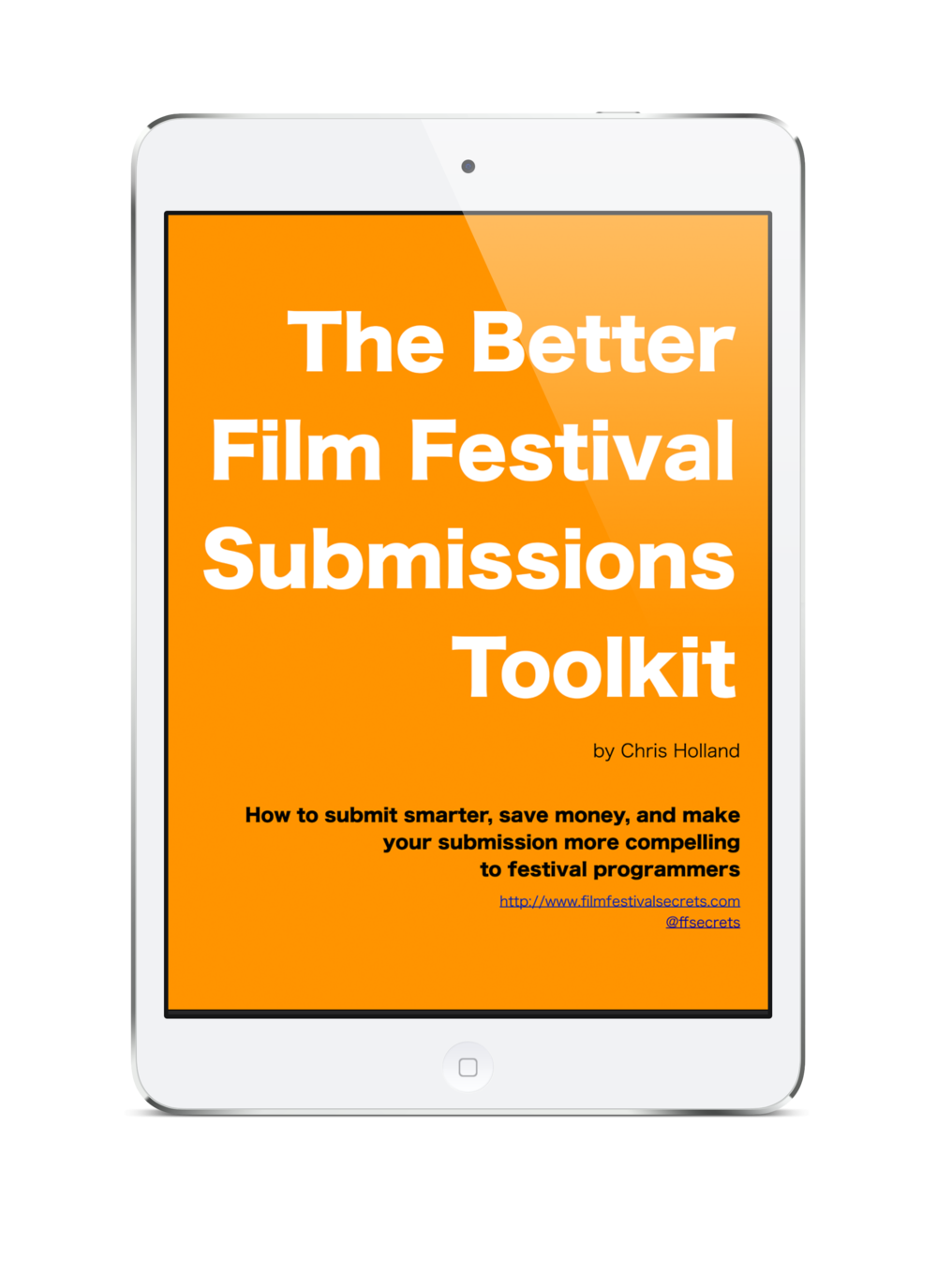
Let us not waste time bemoaning the current sorry state of indie film distribution; blogs and podcasts galore exist to do that. Instead let's take a look at how the rest of the world perceives independent film, and what lessons might be applied to promoting your really indie film at festivals and elsewhere. (Those people are pretty easy to spot. They're the ones not reading indieWIRE and MovieMaker.) While strolling the aisles at Target, my eye was caught by this display (above) in the DVD section of "IFC Indies."
If I made a practice of buying DVDs at Target I might have seen it before now; apparently it's the result of a three-year deal between IFC and Target that started two years ago. When it began, Target had its own night of programming on IFC called "Cinema Red Mondays," but I couldn't find any mention of that on IFC's current web site. But there it is, large as life: a full display of "indie" films recommended to Target by IFC. Check out the pictures at the bottom of this post (click for larger versions) to see some closer shots of the display and for the visual evidence of my completely nutty claims.
Lesson #1 - To the outside world, "indie" is synonymous with "arty." Independent films star all of the same people in studio films, but these movies feature stories either too complicated or depressing for Hollywood to touch. Target's definition of an independent film in this instance is largely academic -- arty, but not too threatening. Notice that in order to keep the shelves stocked with recognizable stars, the catalog goes back ten years or more (The Red Violin was made in 1998).
There are some films here that could be considered "truly" independent, depending on how much you want to torture the phrase (Hannah Takes the Stairs is a notable exception), but for the most part, this is grim confirmation that the indie titles that make it into big box stars are the yuppie-friendly ones with recognizable faces. (Is this starting to sound like an unclever entry in the Stuff White People Like blog?)
Lesson #2 - Don't just find your niche, dominate it. Lookit that -- an entire shelf of Tyler Perry movies. Granted, Perry's first movie had a budget of $5.5 million, so its status as an "indie" film is once again dependent on your personal definition of the term, but the principle applies: if you can speak to a sizable audience and make them love you that much, the big box stores will come find you.
Lesson #3 - Piggyback on the success of something similar. Notice how each shelf positions the movies on it as ideal for people who loved some other movie? That's what you want to do with yours. Figure out who your piggyback film is and practice the phrase "If you liked X, then you should see my movie." Hackneyed? Obvious? Yes, but also effective. Don't run away from comparing your film to another, similar (and more familiar) film unless your film really suffers by comparison -- in which case you might want to think about making a better film.
Lesson #4 - Documentaries should feature grisly death or rock musicians. Preferably both. Rock stars are the name actors of the documentary film department. (Maybe I should call it the doc film ghetto, since it's relegated to the very bottom shelf.) If you can't find a rock star to make your doc about, then make sure it either confirms the viewers' worst fears about the world or features someone being eaten by a bear. For the love of Pete, make sure it isn't funny -- unless you're Michael Moore, and even then the point is debatable.
Lesson #5 - Until you start making movies with million dollar budgets and Zooey Deschanel, you probably shouldn't roam the DVD aisles at Target. Not that there aren't some wonderful movies represented here, but the thought that the world at large views the state of independent film through this particular lens could really drive you crazy.




